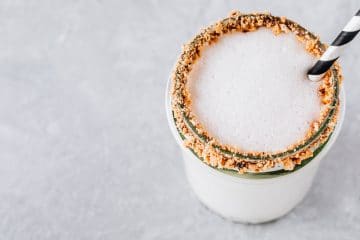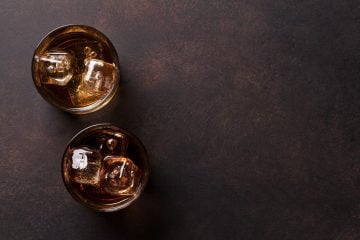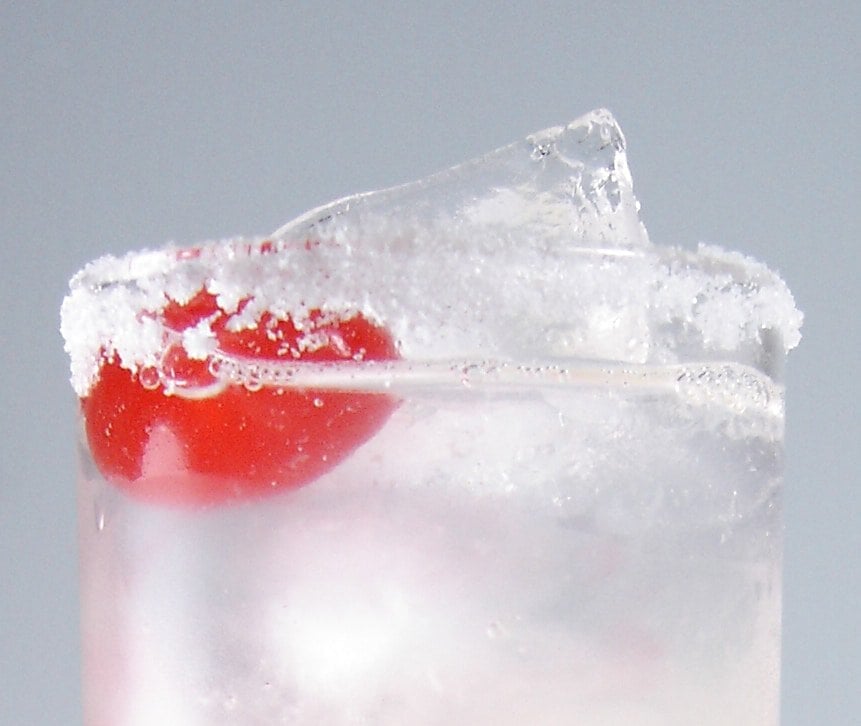This is the second part of a write up on a persons ability to distinguish one spirit from another. Part one was Malt vs Blended whisky and this part is brandy vs whiskey. In the first research paper, it was concluded that an inexperienced whisky drinker could not distinguish between a single malt or blended scotch. Also, experienced whisky drinkers have a difficult time distinguishing the two types of scotch in a blind test. The experiment design led to some results being skewed because the experienced drinkers indicated “blend” significantly more than “malt”, making the results look like they could identify a blend, but after statistical analysis, it was shown that even experienced drinkers were just guessing. In a follow-up experiment conducted by Dr. Campbell at McMaster University, they attempted to assess whether a person could differentiate whisky from cognac brandy.
The research paper titled “Ability to Distinguish Whisky (Uisge Beatha) from Brandy (Cognac)” was published in the British Medical Journal in 1994 (December 24th). The objective was simply to assess whether a person can differentiate brandy from whisky. The method to test this was to have two blindfolded tasting sessions with two whiskies and two cognacs tasted three times each for a total of 12 samples per session. The sessions were held seven days apart and after the first half of each session, dinner was eaten, and the test continued.
The participants were all volunteers who were moderate consumers of liquor and were all members of a wine club, with ages ranging from 50 to 68. They were all well versus in blind tasting from their experience in the wine club. The four spirit samples included Courvoisier and Remy Martin for cognacs and Glenfiddich and Springbank for scotch whiskies. Each spirit was served in a one-ounce serving, in a 6oz tumbler, without the addition of water or ice. According to the paper, the participants rarely consumed the whole sample. When the participants reviewed a spirit they would be asked whether it was a whisky or brandy and whether they knew the brand. The results were analyzed statistically for any trends.
Research Results
After analysis of the results, it was determined that only one person of the four produced irrefutable statistical evidence of being able to tell brandy from whisky. Of the 51 samples tasted the one participant answered 50 correctly. Participant #2’s results were purely guesswork and participants #3 and #4 had some moderate success (72% and 65% respectively).
The ability to distinguish brands in the whisky vs cognac experiment produced some interesting results. Participants 2,3 and 4 had results that indicated pure guesswork, while participant #1 was able to determine the brands of scotch correctly in all 25 tastings. His ability to distinguish the cognacs wasn’t as good and scored a 16/25.
The conclusion indicates that because of such a small sample size of participants (N=4) they could not make broad generalizations, but the results do indicate that people have a difficult time differentiating the two spirits. The most important finding is as follows:
“The results indicate that some of the participants could not distinguish between whisky or brandy, nor between different brands. However, the success of one participant shows that “it can be done” and that his whisky ability is acquired not innate.”
Discussion
This simple piece of research identifies an important conclusion for anyone who conducts spirit tastings and that is: it requires a trained palate. All of the participants in the study were members of a wine club, so that should have given them some advantage in identifying differences between two spirits, especially scotch and cognac. However, it didn’t and this shows that spirits are a difficult thing to grasp, but the study also showed that with a little practice, it can be done. It should be noted that participant #1 was a Scot, and should be a proud one at that.
When one starts the training process it should be done with a broad range of spirits. For example, if you were to do a whisky tasting, it would be best to do four whiskies, one from each major whisky producer (for example Highland, Lowland, Speyside, Islay). This would give a good variance between spirits and noticeable differences that a novice could pick up on. Even better would be to start with three different brown spirits (rum, whisky, brandy).
The final discussion and some answers to readers questions: Whisky Tasting Discussion
Additional Whisky Topics




